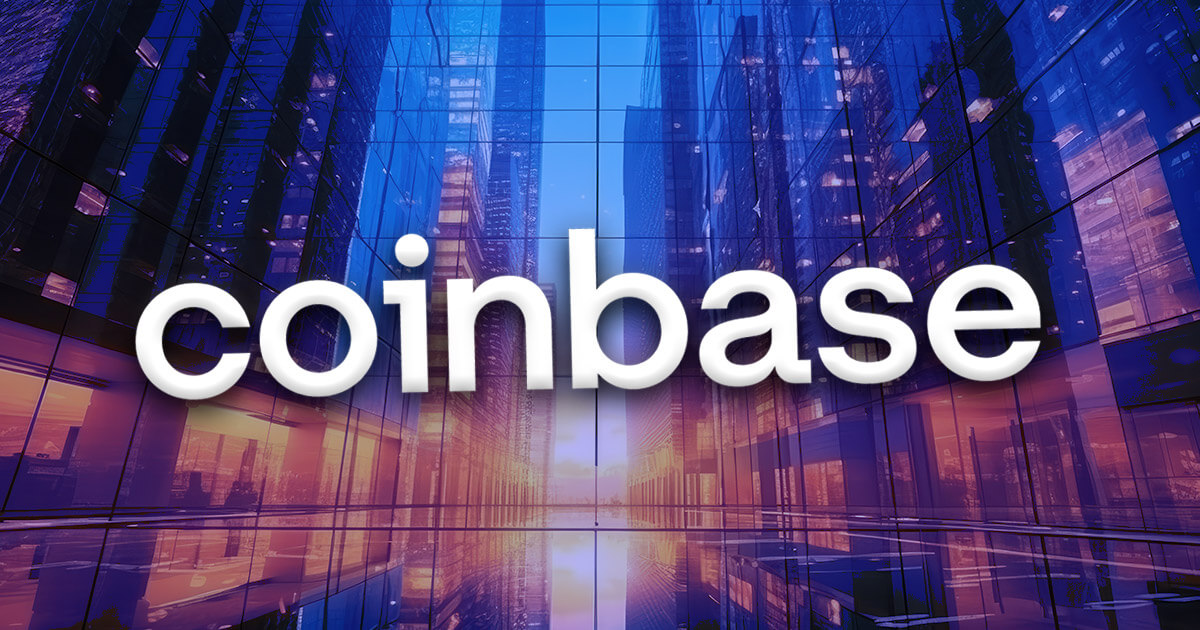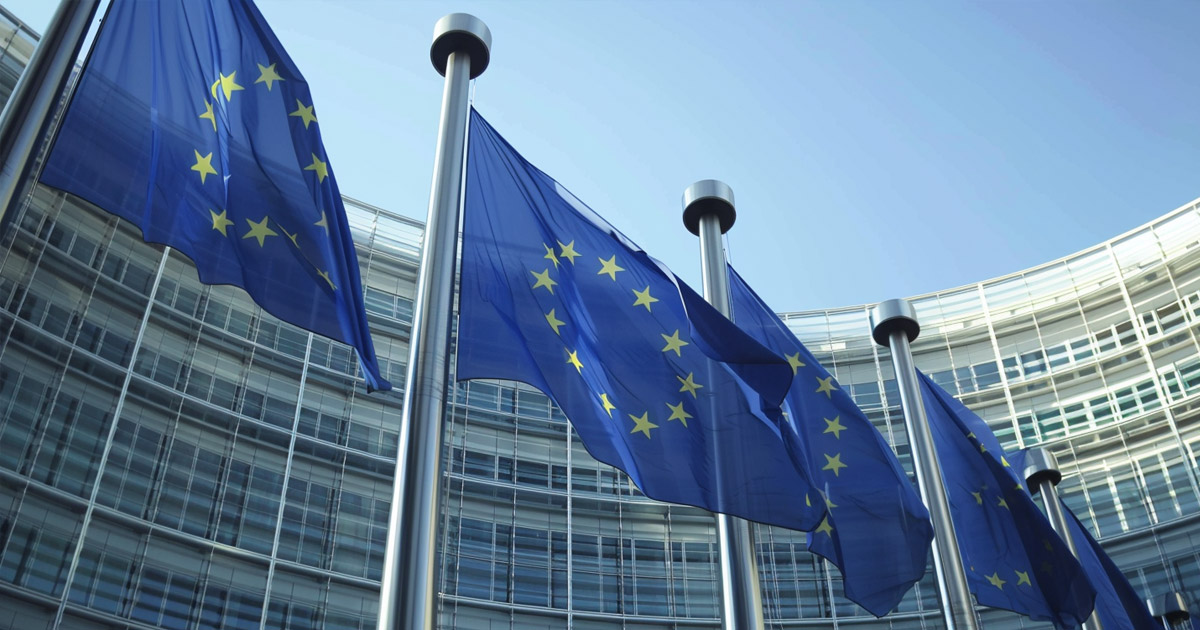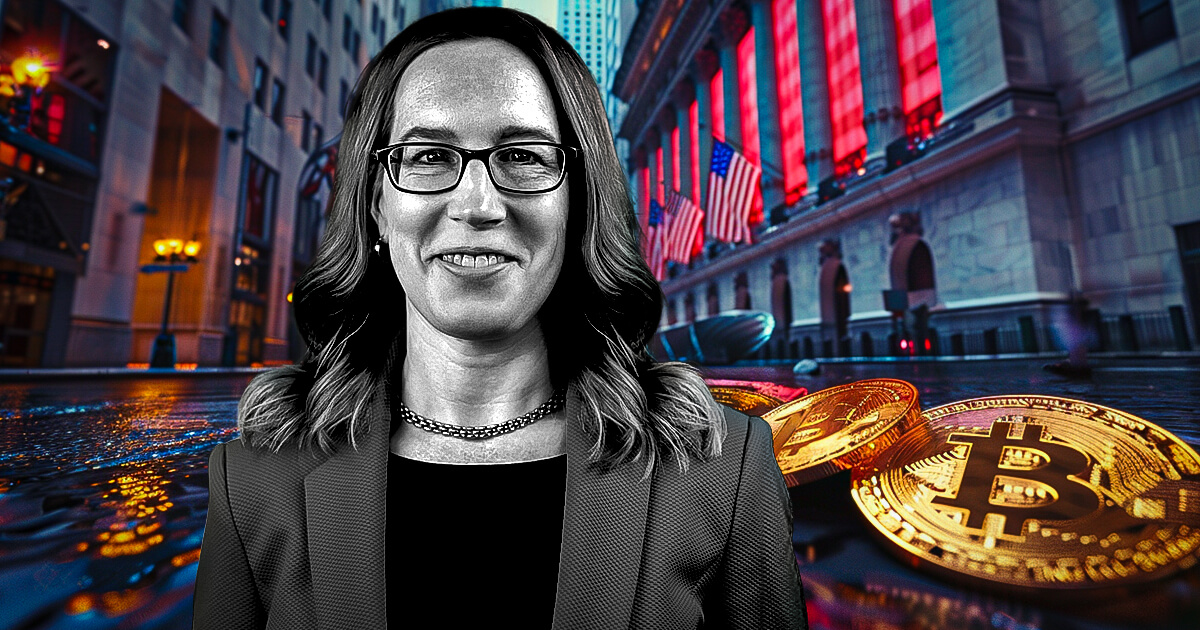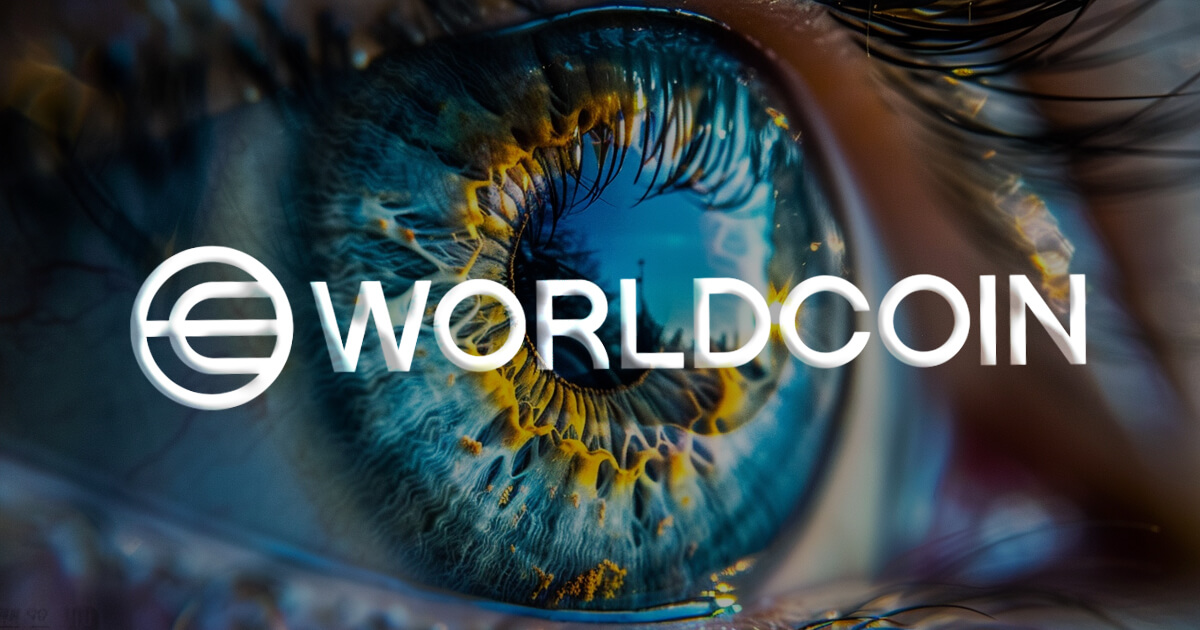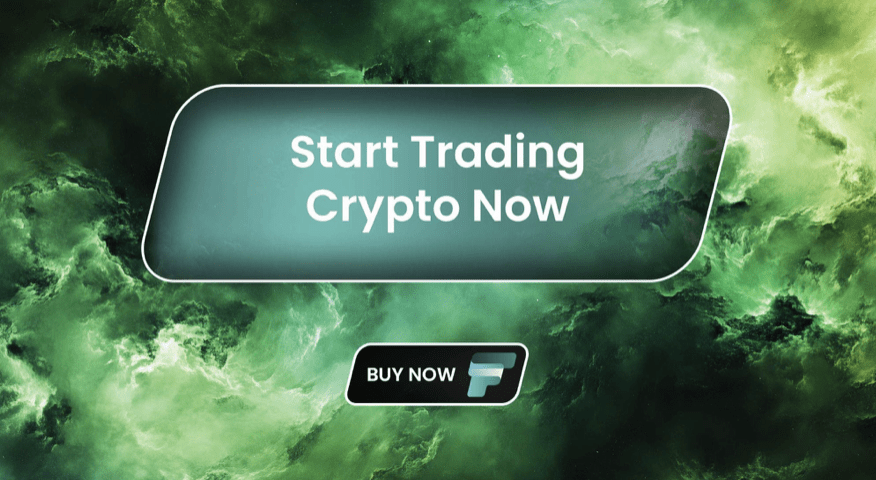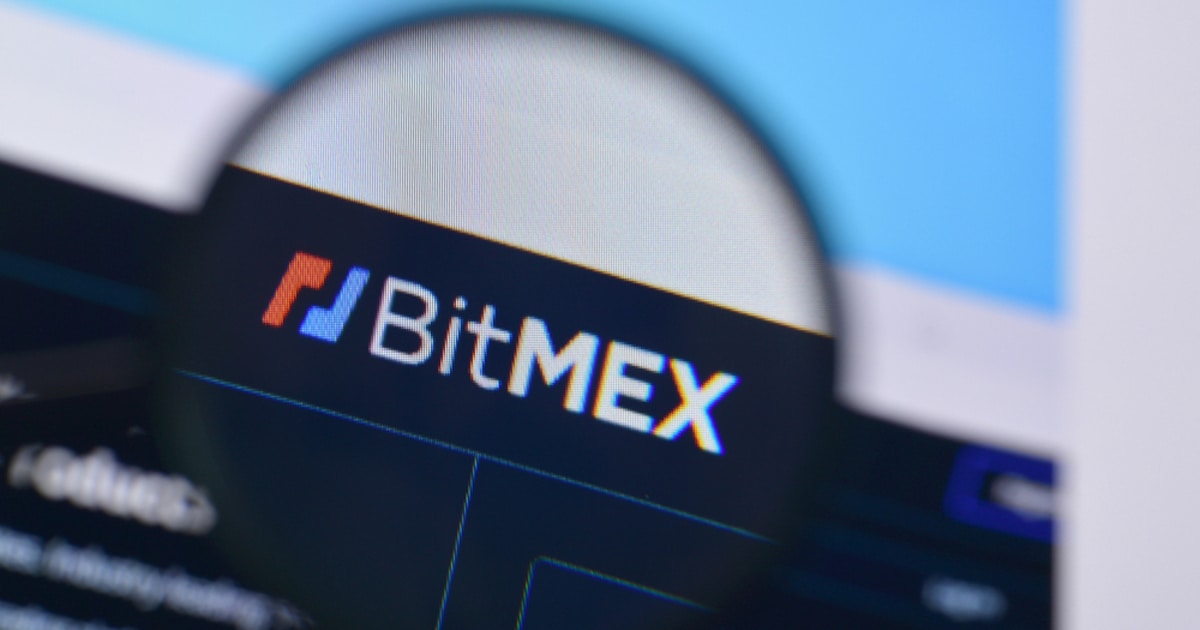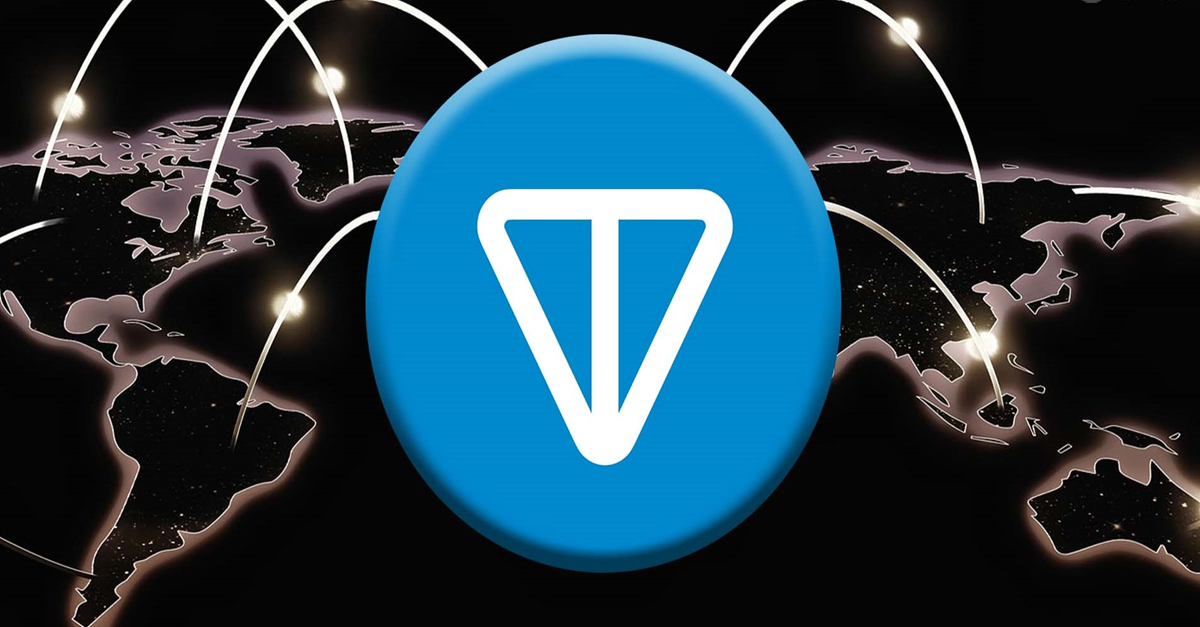| Get all the essential market news and expert opinions in one place with our daily newsletter. Receive a comprehensive recap of the day’s top stories directly to your inbox. Sign up here! |
 (Kitco News) –
(Kitco News) –
Caroline Pham, one of the commissioners of the Commodity Futures Trading Commission (CFTC), believes U.S. regulators should adopt a more holistic approach that harmonizes with international regulators.
In an interview with Bloomberg on Monday, Pham was asked about the continuing regulatory uncertainty that hangs over the digital assets industry in the United States, including who actually has jurisdiction over cryptocurrency markets. Pham said she wasn’t surprised to see that clarity finally emerging from the judicial system.
“Talking about crypto, so thinking about Bitcoin or Ether, last year I said that we were going to see regulatory clarity first in the courts around the definition of a security, and I think you’ve seen that with some very big court opinions that have been released,” she said, referring to the recent U.S. court ruling that XRP is not a security. “So it is important that the United States regulators work together.”
Pham referred to the recently-finalized global regulatory framework for crypto-asset activities released on Monday by the Financial Stability Board (FSB), an international organization that monitors the global financial system. “I really look forward to participating in both those international and domestic working groups to make sure that we are coming up with a holistic approach,” she said.
The FSB’s framework includes high-level recommendations for the regulation, supervision and oversight of crypto in general, as well as revised high-level recommendations related to the regulation of “global stablecoin” arrangements.
The guidelines are intended to be implemented by members of the G20 under the principle of “same activity, same risk, same regulation,” and provide “a strong basis for ensuring that crypto-asset activities and so-called stablecoins are subject to consistent and comprehensive regulation, commensurate to the risks they pose, while supporting responsible innovations potentially brought by the technological change.”
Pham also discussed tokenized securities and how U.S. regulators should go about creating the necessary infrastructure to support this new technology in the absence of overarching digital assets regulation.
“This is an adult conversation that I’ve been trying to have for a long time,” she said, “because if you cut away from all the froth and the get-rich-quick schemes, what institutions, central banks and asset managers have known since at least 2016 and 2017 is that there’s a real opportunity to modernize financial market infrastructure through tokenization of real assets. So we aren’t talking about speculative cryptocurrencies, we’re talking about taking securities and putting them on a blockchain.”
She said that “investment banks talk about a potential $4 trillion to $5 trillion opportunity by 2030,” referring to the findings of the the Money, Tokens and Games report published by Citi in March. “Just today we had presentations about how you could save $2 billion in back office expenses, in clearing and settlement, $20 billion there. These are real numbers, and we’re talking about real markets. I think one day we might see where we’re not talking about tokenized markets anymore, they’re just financial markets.”
When asked about where the demand for tokenized securities was coming from, she said she’s seeing it at the highest levels and from the biggest market players.
“We aren’t talking about theoretical use cases, but what’s actually happening today, here and now,” she said. “We heard from the Global Financial Markets Association, comprised of all the biggest dealers and market participants talking about their impact, of how illiquid assets or assets where there’s not much access, for example, if you think about corporate bonds, if you think about sovereign bonds, if you think about money market funds or other issuances, where you’ve got things locked up, private capital markets, a huge opportunity there. These are areas where tokenization could increase access.”
She referred to the European Investment Bank’s (EIB) launch of the first sterling-denominated digital bond using blockchain technology in January, and live services from Franklin Templeton and Fidelity Digital Assets as examples of the potential of tokenized securities in the real world.
“Fidelity has had a platform in place, thinking about how to increase the user experience for their investors and distribution,” she said. “And Franklin Templeton, with a U.S. government money market fund, which has had no objection from the SEC. It’s a good reminder that when we talk about tokenization, a lot of people gravitate towards cryptocurrencies, but it’s not just cryptocurrencies.”
Pham also referred to progress being made in other jurisdictions in this area. “Today we were talking about tokenization of real assets, which is the existing regulatory frameworks, tokenizing a security,” she said. “Then it’s all the rules and regulations that go with securities. The European Union, Singapore, Hong Kong and even the UK are now making progress in all of those areas, so I was very happy to talk about how we could improve clearing, settlement, custody and asset-servicing around these asset classes.”
Disclaimer: The views expressed in this article are those of the author and may not reflect those of Kitco Metals Inc. The author has made every effort to ensure accuracy of information provided; however, neither Kitco Metals Inc. nor the author can guarantee such accuracy. This article is strictly for informational purposes only. It is not a solicitation to make any exchange in commodities, securities or other financial instruments. Kitco Metals Inc. and the author of this article do not accept culpability for losses and/ or damages arising from the use of this publication.
Credit: Source link


